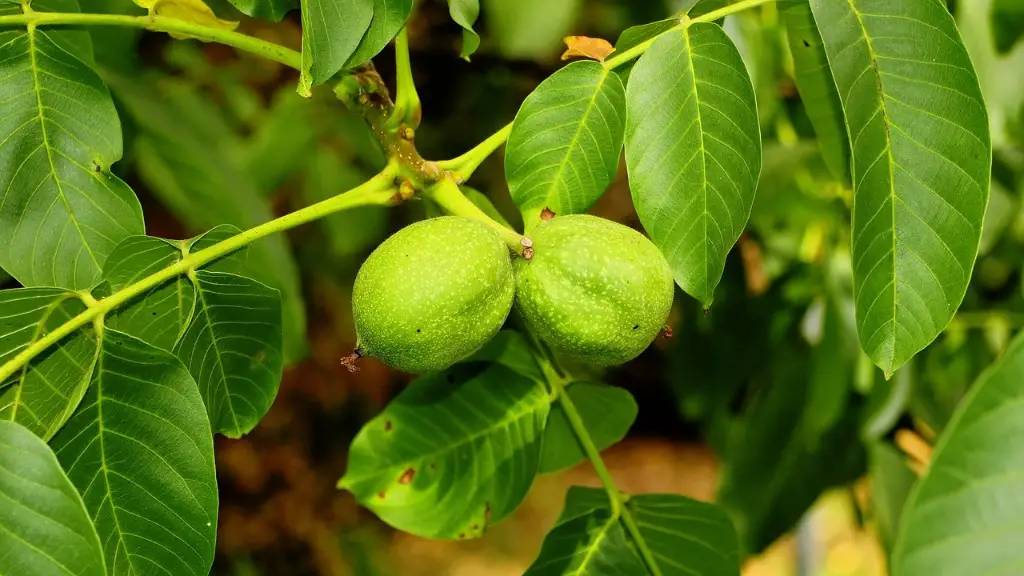What is Palm Wood?
Palm wood, also known as palm lumber, is a material made from the wood of trees belonging to the family Arecaceae, also called ‘palms’. Palm wood can be sourced from both wild and cultivated trees. Most of the palm tree species used to produce the material are from the tropical, sub-tropical, and semi-arid climates. The most common type of palm wood is from the date palm, a kind of palm tree that grows up to 30 meter in height and has a rough trunk, leaves shaped as fronds, and yellowish fruits.
Comparing Palm Wood to Other Types of Wood
Palm lumber is usually softer than other hardwoods and is known for its special pattern that gives off a unique look. It is also considered a lightweight wood and is slightly less dense than other hardwoods, such as oak or walnut. When it comes to strength, palm wood is slightly weaker than other hardwoods such as acacia, ash and mahogany.
It is resistant to contaminants and impurities, making it safer than other types of wood that are known to absorb lead, mercury, and other chemicals. However, it is slightly more prone to insect damage and rot than other hardwoods.
Uses of Palm Wood
Palm wood is used in a variety of applications, due to its interesting grain pattern and vibrant colors. People typically use it in furniture, flooring, and decorative items such as plaques. It is also widely used for construction, such as posts, beams, cedar shingles, fencing, and decking. Additionally, it makes excellent firewood, due to its low moisture content.
How Strong is Palm Wood?
Palm wood is known for its strength and reliability. It is tough enough to withstand moisture, humidity, and environmental changes. It is also highly resistant to decay and insect infestation, making it an ideal material for outdoor projects.
The strength of palm wood depends on the type of tree species used, as well as the age of the tree. Generally, younger trees are known to be softer and more susceptible to decay compared to the older ones. However, older trees may contain more knots or cracks, which could reduce the overall strength of the material.
In terms of density and strength, palm wood is not as strong as some other hardwoods, like oak and walnut. On the Janka hardness scale, which is used to measure the relative hardness of different woods, oak and walnut are rated at 1290 and 1010, while palm wood is measured at 800.
Varieties of Palm Wood
There are plenty of palm species that can be used to make palm wood, including date palm, cocos nucifera, areca palm, rattan palm, fan palm, and raffia palm. Each of these species has a different strength and density, so it is important to choose the correct one for the project.
Aside from being used to make furniture and building materials, palm wood is also used in manufacturing. It is especially useful for producing items such as sports equipment, Musical instruments, and aircraft parts.
Conclusion
Palm wood is a unique and attractive wood material that is becoming increasingly popular. It’s known for its strength and durability, as well as its exotic grain pattern and vibrant core colors. Although it may not be as strong as other hardwoods, its unique character makes it a great choice for furniture, flooring, and decorative items. No matter which project you decide to use it for, you can be sure that it will be as strong and reliable as possible.

